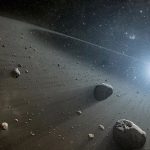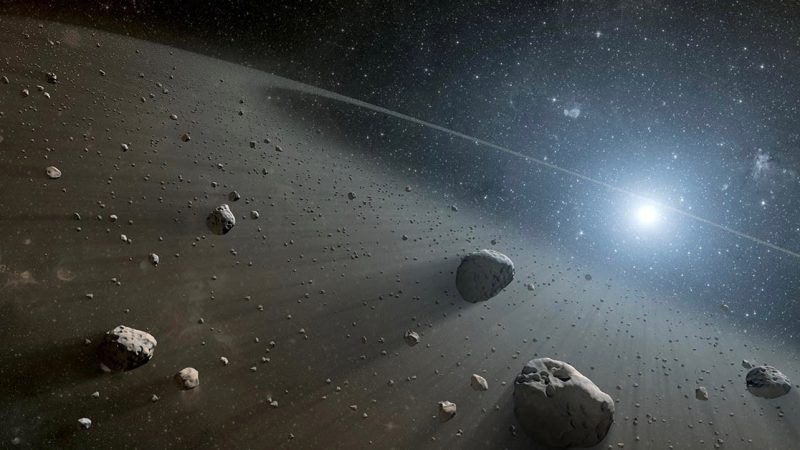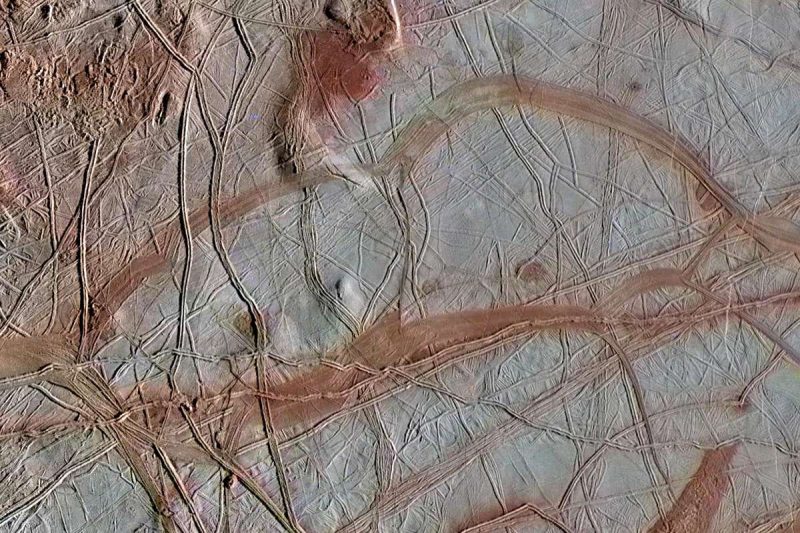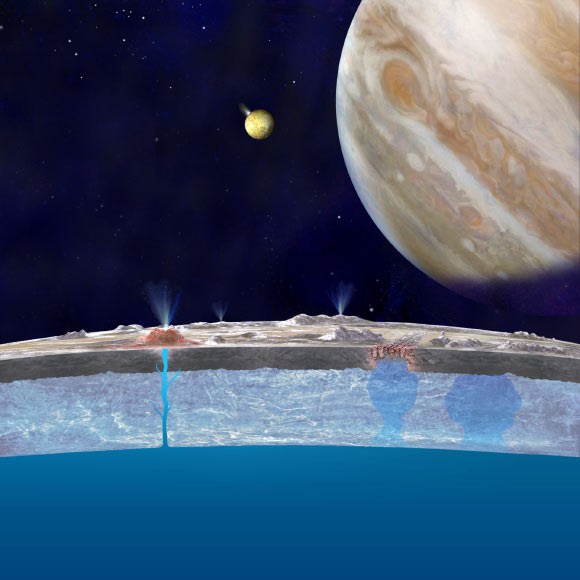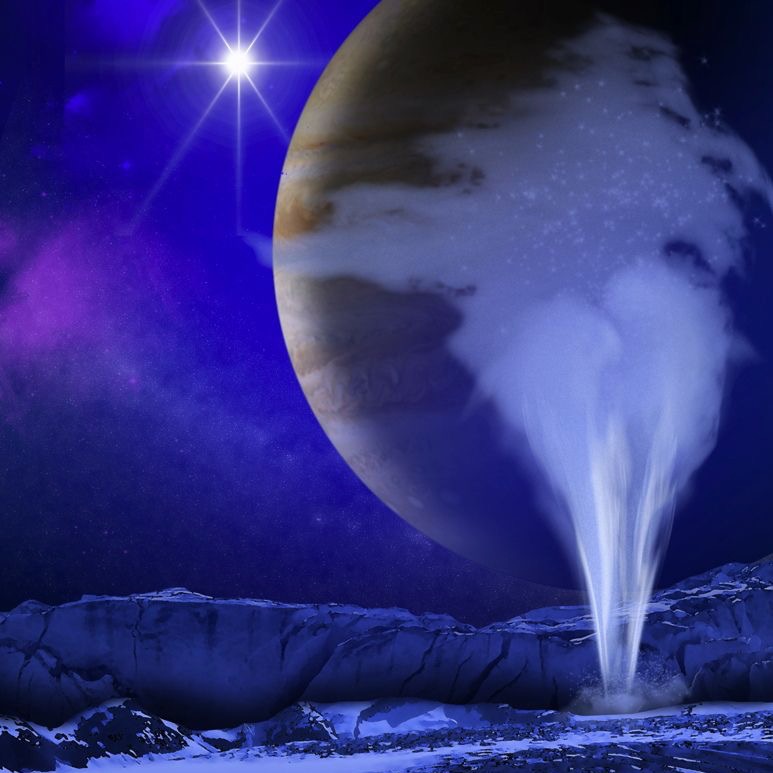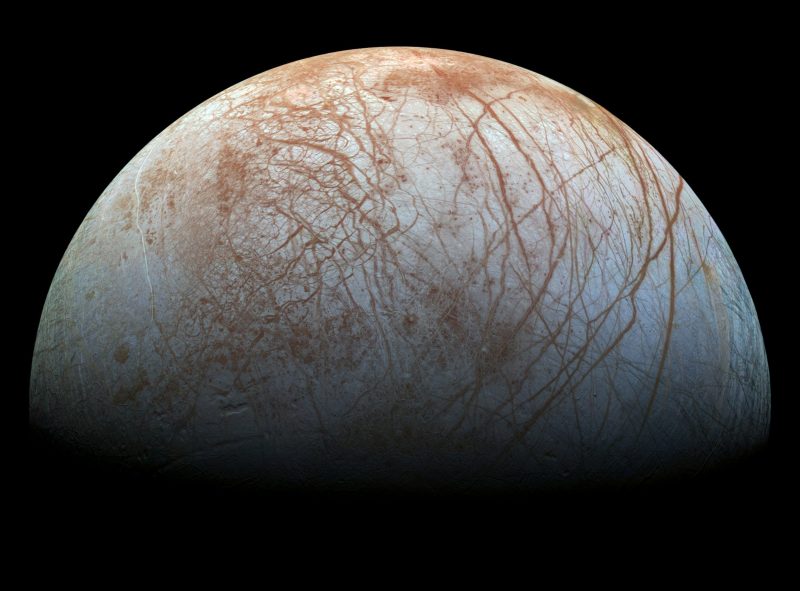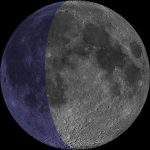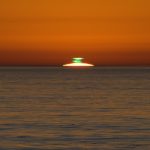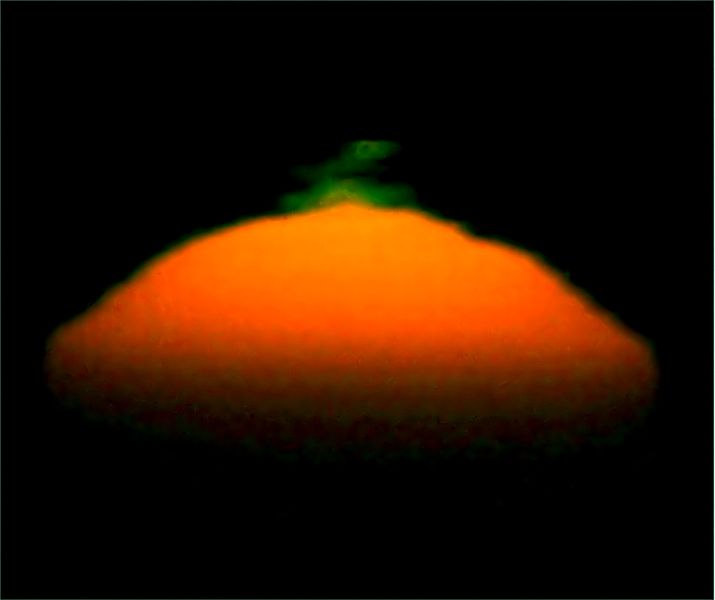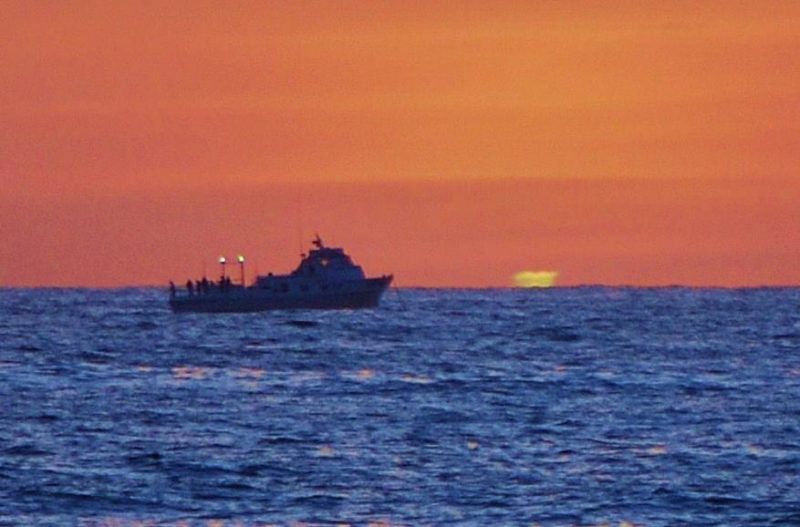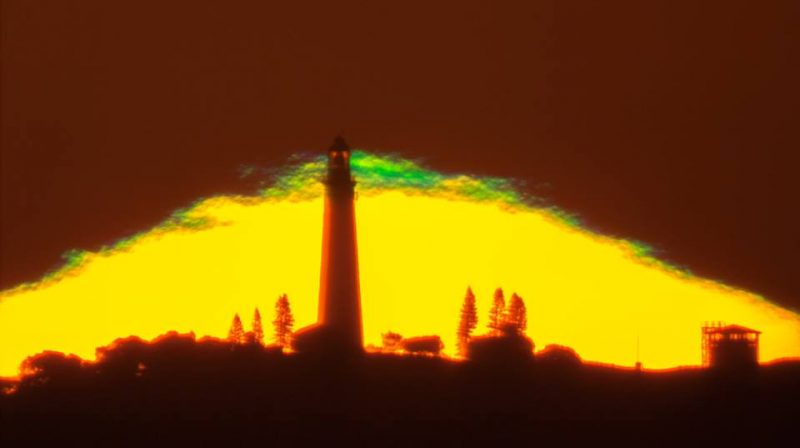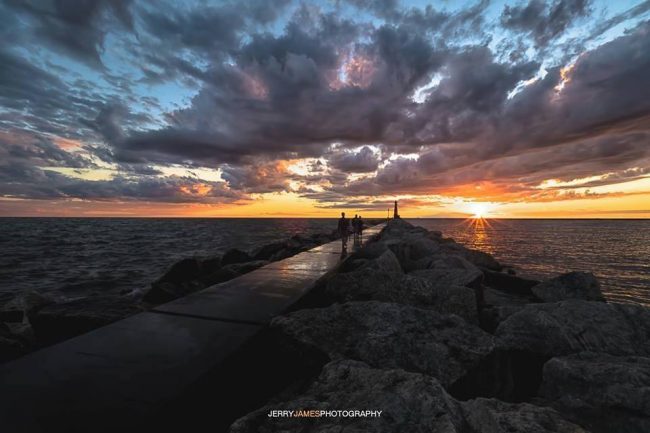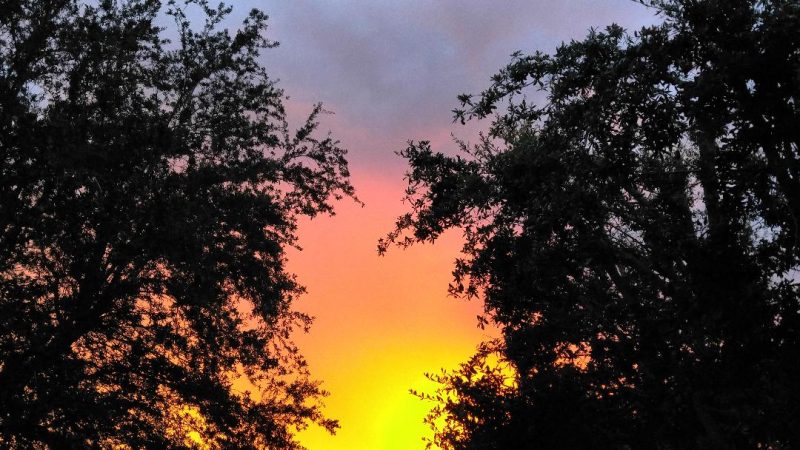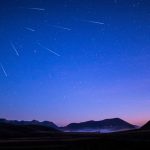
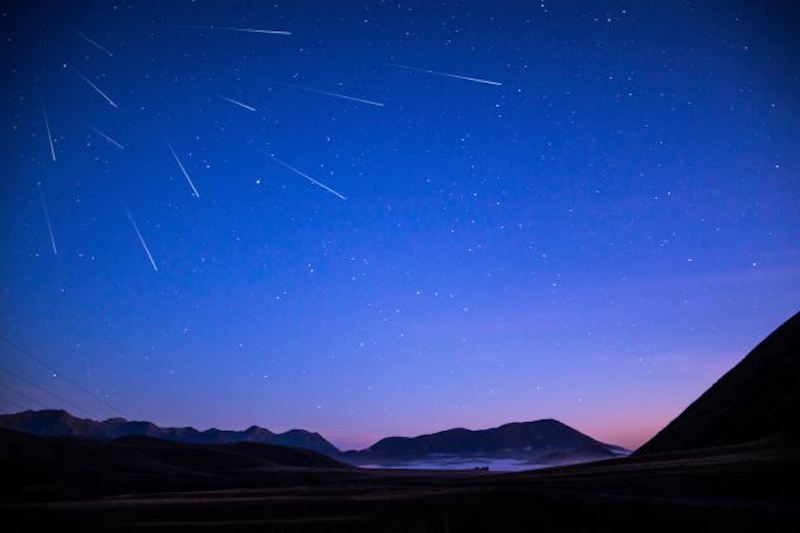
Meteors over Death Valley via Will Li/ AccuWeather.
AccuWeather originally published this article in June 2020. EarthSky editors also contributed.
Meteor showers can be a trickle, or they can be astounding natural events. Either way, these light shows give people a glimpse of the vastness of space and, in many ways, motivate people to be more in tune with nature. However, there’s one major hurdle that prevents many people from ever experiencing a meteor shower: light pollution from home and city outdoor lighting. Unless you live in a dark country location, your own backyard probably isn’t the best place to watch a meteor shower. With this in mind, here’s a list of 10 places to see the meteor showers in the U.S., recommended by AccuWeather.
Want to know when to watch? Try EarthSky’s meteor shower guide for 2020
Got a great stargazing location to recommend? Recommend here
Try EarthSky’s Best Places to Stargaze page for lots more recommended dark sites.
Note: In 2020, some public parks are closed due to Covid-19. Be sure to check with these parks first, before you go.
1. Big Bend National Park, Texas. The world’s best places to see meteor showers are going to be untouched environments, such as national parks. Big Bend National Park in far west Texas has night skies that are nothing short of magical. It’s a great place to watch a meteor shower!

View larger. | Sergio Garcia Rill caught the Perseid meteor shower in Big Bend National Park in 2015. He wrote, “Well, here’s the result of a night at the Cerro Castellan area inside Big Bend. This photo has got 23 meteors in it, as well as me trying to find some shooting stars with my flashlight.” Thank you Sergio!
2. Joshua Tree National Park, California. Given the many densely populated cities in California, it’s hard to imagine that this state would have good sites to see meteor showers. But – like all states in the United States – it does. Beloved Joshua Tree National Park is one of the places in California to see stars and meteors.
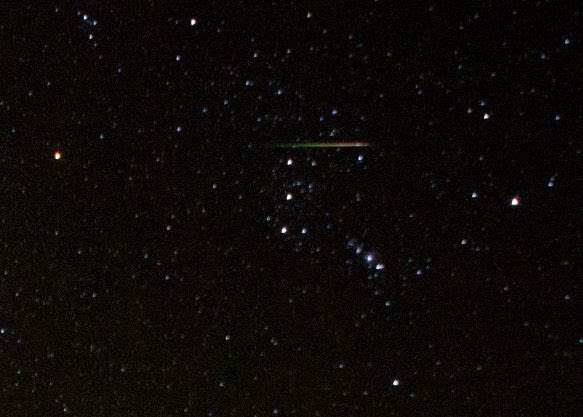
Joan Schipper wrote: “The Sierra Club Camera Committee went to Joshua Tree National Park trying to catch some Orionid meteors in pixels. Eight of us were staked out in various locations at White Tank campground. This is my 3rd attempt to capture meteors and my 2nd bit of success.”
3. Death Valley, California/Nevada. Don’t let its name scare you. Straddling California and Nevada, Death Valley – with its naturally dark skies – is another hot spot for meteor showers and stargazing.

The 2018 Geminid meteor shower rains down on Death Valley, as seen from Zabriskie Point. Comet Wirtanen is visible in the upper left, below and to the left of Pleiades. Image via Rick Whitacre.
4. Finger Lakes, New York. Much like California, New York has densely populated areas. But New York has the beauty of the Finger Lakes for people to enjoy. Because Finger Lakes are located away from the bright lights of the city, its night skies provide an incredible view.
5. The area around Tucson, Arizona. This desert region is surrounded by tall hills and mountains, places where you can get up high to look at the sky.
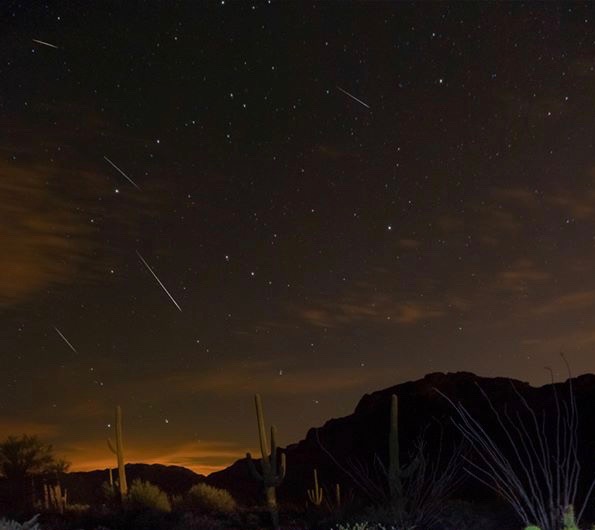
Draconids near Tucson, Arizona, in 2013, by our friend Sean Parker Photography.
6. Denali National Park, Alaska. Generally speaking, Alaska is a place many would expect to find on this list. The state is full of natural beauty. That said, Denali National Park in Alaska is known for its dark skies.
7. Brockway Mountain, Michigan. A great place for stargazing and meteor-watching in the upper midwest.
8. Big Pine Key, Florida. If Alaska is an obvious candidate for seeing meteor showers, Florida might be the opposite. Yet Big Pine Key in Florida has an annual winter party for stargazing.
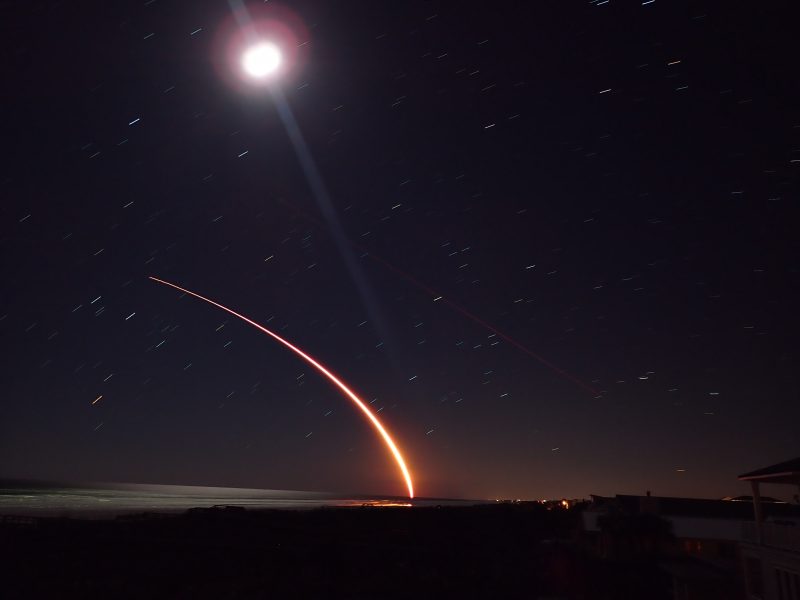
If you’re in Florida for stargazing, be sure to check with Cape Canaveral to see if there are any space launches you can watch, to add to your experience. Richard Benzinger in Crescent Beach, Florida, caught the March 16, 2017, SpaceX launch of Echostar XXIII from Cape Canaveral, shooting southeast. Thanks, Richard!
9. White Sands, New Mexico. While it is not as flat as Death Valley, White Sands is flat enough and dark enough to provide a great platform for meteor-watching.
10. Canyonlands National Park, Utah. Stargazing and meteor-watching under Utah’s glorious night skies … what could be better?
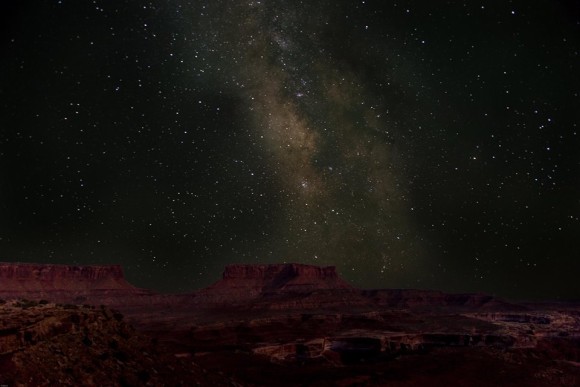
View larger. | Quinn Pratt caught this 2014 photo of night skies over Canyonlands National Park. Thank you, Quinn!
Bottom line: Ten recommended sites for watching meteor showers, from AccuWeather and the editors of EarthSky.
Want to know when to watch meteor showers? Try EarthSky’s meteor shower guide for 2020
Got a great stargazing location to recommend? Recommend here
Try EarthSky’s Best Places to Stargaze page for lots more recommended dark sites.
from EarthSky https://ift.tt/3g3zPnw


Meteors over Death Valley via Will Li/ AccuWeather.
AccuWeather originally published this article in June 2020. EarthSky editors also contributed.
Meteor showers can be a trickle, or they can be astounding natural events. Either way, these light shows give people a glimpse of the vastness of space and, in many ways, motivate people to be more in tune with nature. However, there’s one major hurdle that prevents many people from ever experiencing a meteor shower: light pollution from home and city outdoor lighting. Unless you live in a dark country location, your own backyard probably isn’t the best place to watch a meteor shower. With this in mind, here’s a list of 10 places to see the meteor showers in the U.S., recommended by AccuWeather.
Want to know when to watch? Try EarthSky’s meteor shower guide for 2020
Got a great stargazing location to recommend? Recommend here
Try EarthSky’s Best Places to Stargaze page for lots more recommended dark sites.
Note: In 2020, some public parks are closed due to Covid-19. Be sure to check with these parks first, before you go.
1. Big Bend National Park, Texas. The world’s best places to see meteor showers are going to be untouched environments, such as national parks. Big Bend National Park in far west Texas has night skies that are nothing short of magical. It’s a great place to watch a meteor shower!

View larger. | Sergio Garcia Rill caught the Perseid meteor shower in Big Bend National Park in 2015. He wrote, “Well, here’s the result of a night at the Cerro Castellan area inside Big Bend. This photo has got 23 meteors in it, as well as me trying to find some shooting stars with my flashlight.” Thank you Sergio!
2. Joshua Tree National Park, California. Given the many densely populated cities in California, it’s hard to imagine that this state would have good sites to see meteor showers. But – like all states in the United States – it does. Beloved Joshua Tree National Park is one of the places in California to see stars and meteors.

Joan Schipper wrote: “The Sierra Club Camera Committee went to Joshua Tree National Park trying to catch some Orionid meteors in pixels. Eight of us were staked out in various locations at White Tank campground. This is my 3rd attempt to capture meteors and my 2nd bit of success.”
3. Death Valley, California/Nevada. Don’t let its name scare you. Straddling California and Nevada, Death Valley – with its naturally dark skies – is another hot spot for meteor showers and stargazing.

The 2018 Geminid meteor shower rains down on Death Valley, as seen from Zabriskie Point. Comet Wirtanen is visible in the upper left, below and to the left of Pleiades. Image via Rick Whitacre.
4. Finger Lakes, New York. Much like California, New York has densely populated areas. But New York has the beauty of the Finger Lakes for people to enjoy. Because Finger Lakes are located away from the bright lights of the city, its night skies provide an incredible view.
5. The area around Tucson, Arizona. This desert region is surrounded by tall hills and mountains, places where you can get up high to look at the sky.

Draconids near Tucson, Arizona, in 2013, by our friend Sean Parker Photography.
6. Denali National Park, Alaska. Generally speaking, Alaska is a place many would expect to find on this list. The state is full of natural beauty. That said, Denali National Park in Alaska is known for its dark skies.
7. Brockway Mountain, Michigan. A great place for stargazing and meteor-watching in the upper midwest.
8. Big Pine Key, Florida. If Alaska is an obvious candidate for seeing meteor showers, Florida might be the opposite. Yet Big Pine Key in Florida has an annual winter party for stargazing.

If you’re in Florida for stargazing, be sure to check with Cape Canaveral to see if there are any space launches you can watch, to add to your experience. Richard Benzinger in Crescent Beach, Florida, caught the March 16, 2017, SpaceX launch of Echostar XXIII from Cape Canaveral, shooting southeast. Thanks, Richard!
9. White Sands, New Mexico. While it is not as flat as Death Valley, White Sands is flat enough and dark enough to provide a great platform for meteor-watching.
10. Canyonlands National Park, Utah. Stargazing and meteor-watching under Utah’s glorious night skies … what could be better?

View larger. | Quinn Pratt caught this 2014 photo of night skies over Canyonlands National Park. Thank you, Quinn!
Bottom line: Ten recommended sites for watching meteor showers, from AccuWeather and the editors of EarthSky.
Want to know when to watch meteor showers? Try EarthSky’s meteor shower guide for 2020
Got a great stargazing location to recommend? Recommend here
Try EarthSky’s Best Places to Stargaze page for lots more recommended dark sites.
from EarthSky https://ift.tt/3g3zPnw

